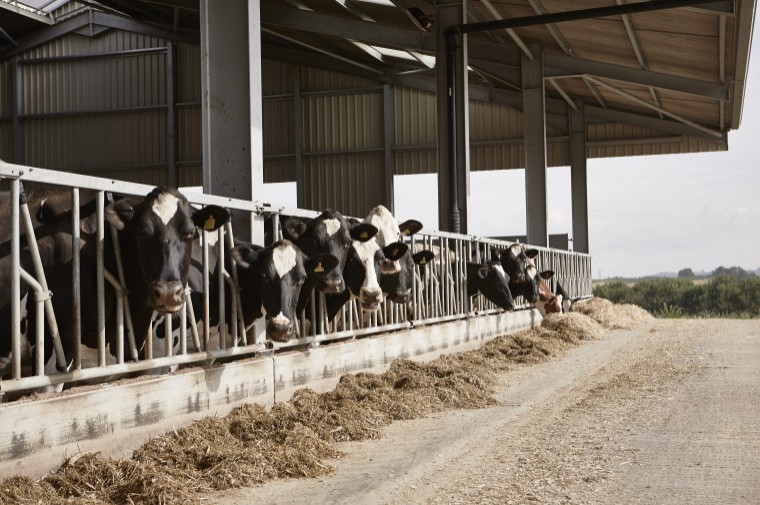Producers are being warned to closely monitor energy levels, if bolstering rations with lower quality forages due to a shortage of silage.
With AHDB reporting 2018 grass silage stocks are down by up to 30%, coupled with fodder prices reaching record levels, producers may be looking to include cheaper forage sources in diets ahead of spring turnout.
“Despite initial concerns last summer, forage quality was largely unaffected by the dry weather, with good average ME values from first and second cuts,” says Charlotte Ward, ruminant nutritionist at Trident Feeds.
“However, overall yields were down, and many producers are now concerned that they don’t have enough silage to last through to spring. With good quality silage being sold at a premium, many are opting to include cheaper sources in rations such as baled silages, hay and straw.”
In this instance, Miss Ward advises closely monitoring the energy density levels of the ration to ensure cow performance is not impacted.
“It’s important to focus on maximising energy intakes, with a target ration energy density of between 11.7 to 12 MJ/kg DM. Although many diets containing 2018 forages may have fulfilled these requirements, where rations are being stretched out with lower quality forage, additional supplementary feeds may be required to prevent drops in milk yield and quality and fertility.”
Miss Ward says while the impact of lower milk quality and quantity is easily seen, the cost of poor fertility can be less obvious but should not be underestimated.
“Poor fertility can result in increased unplanned culling, higher replacement rates, higher insemination and vet costs, along with a higher calving index. These all contribute to additional costs and reduce herd efficiency due to more stale cows being in milk.
“Extended calving intervals can also result in cows entering the dry period overfat which could then lead to calving problems and metabolic issues that will lower performance in early lactation,” she adds.
Managing energy supply and minimising body condition score change throughout the year is therefore crucial, and Miss Ward says using a rumen protected fat, such as Golden Flake, can help maintain yield, constituent levels and reduce body weight loss.
“Golden Flake is a 100% protected fat split into two fatty acids. C16’s are preferentially used for milk fat while C18’s are utilised for milk production and body condition,” she explains.
“It’s very palatable and extremely high energy so can increase the energy density of the ration and therefore energy intake of the cow without upsetting rumen function.
“This can provide essential energy for the cow, to help maintain or increase body condition by offsetting negative energy balance (NEB) and therefore improve reproductive performance,” she adds.
“With the forage situation as it is and a number of alternative feeds being incorporated, Golden Flake is a cost-effective way to balance rations to maintain high yields and constituent levels, while avoiding body condition loss,” concludes Miss Ward.




